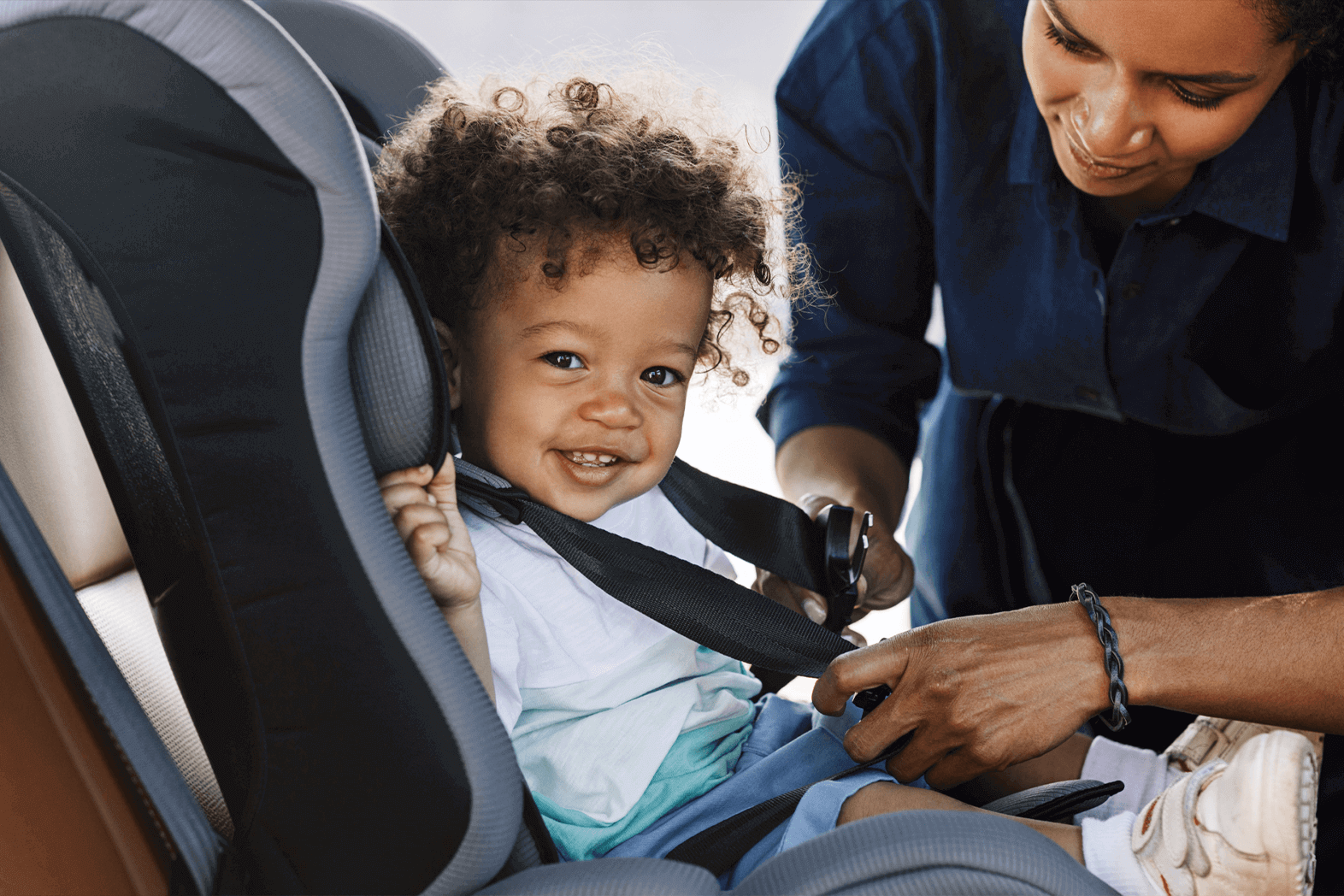
12 Dec Car Seat Dos and Don’ts
4 min. readAs parents, ensuring the safety and well-being of our children is a top priority. When it comes to traveling with your little ones, one of the most critical safety measures is using a car seat. Car seats are designed to protect your child in the event of a collision or sudden stop, but they must be used correctly to be effective. In this blog, we will explore the dos and don’ts of car seat safety, helping you make informed choices to keep your child safe on the road.
The Dos:
1. Choose the Right Seat:
Do select a car seat suitable for your child’s age, height, and weight. There are different types of car seats, including rear-facing, forward-facing, and booster seats. Ensure the seat meets your child’s specific requirements.
2. Install Correctly:
Do read the car seat manual and your vehicle’s manual thoroughly to install the seat correctly. Seek professional installation assistance if needed, as an improperly installed seat is a significant safety risk.
3. Rear-Facing as Long as Possible:
Do keep your child in a rear-facing seat for as long as their weight and height allow. This position offers the most protection for their developing head, neck, and spine.
4. Harness Straps:
Do ensure the harness straps lie flat and are snug against your child’s body. The chest clip should be positioned at armpit level, and you should not be able to pinch any slack in the straps.
5. Regularly Check for Recalls:
Do stay informed about recalls. Register your car seat with the manufacturer to receive recall notifications and make sure your seat is up-to-date on safety standards.
The Don’ts:
1. Don’t Rush to Transition:
Don’t rush to move your child to the next type of seat. Transition only when they’ve reached the seat’s height or weight limits, not simply because they’ve reached a certain age.
2. Don’t Use a Secondhand Seat with an Unknown History:
Don’t use a car seat from an unknown source. Used car seats may have hidden damage or be expired, making them less effective in an accident.
3. Don’t Place the Seat in the Front:
Don’t install a rear-facing car seat in the front passenger seat with an active airbag. If the airbag deploys, it can cause serious harm to a rear-facing child.
4. Harness Straps:
Do ensure the harness straps lie flat and are snug against your child’s body. The chest clip should be positioned at armpit level, and you should not be able to pinch any slack in the straps.
Proper placement of the harness straps on your child’s body is crucial for their safety in a car seat. Here’s a more detailed breakdown:
- Strap Position: The harness straps should lie flat against your child’s shoulders and chest. Ensure they are free of twists, knots, or tangles, as these can compromise their effectiveness in a crash.
- Chest Clip Height: The chest clip, also known as the chest retainer clip or chest buckle, should be positioned at armpit level. Placing it too low or too high can be dangerous. If it’s too low, the straps may slip off your child’s shoulders; if it’s too high, it could press against their neck.
- Snugness: The harness straps should be snug but not overly tight. You should not be able to pinch any slack or material in the straps over your child’s shoulders. The snugness ensures that your child is secured properly and will not move too much in case of a sudden stop or collision.
Properly positioned and snug harness straps ensure that your child is well-protected in the event of a car accident. Remember that harness adjustments may be needed as your child grows. Regularly check the fit and make adjustments accordingly to ensure their ongoing safety.
5. Don’t Ignore the Expiration Date:
Don’t use an expired car seat. Check the seat for an expiration date, typically located on a sticker. Over time, materials can degrade, reducing the seat’s ability to protect your child.
At Continuum Pediatrics, your child’s safety is our top concern. We understand that properly securing your child in a car seat can be a challenging task, but it must be taken seriously. By following these dos and don’ts of car seat safety, you can help ensure that your child is as protected as possible during car rides. If you have any questions or concerns about car seat safety, don’t hesitate to reach out to our experts. We’re here to provide you with the guidance and support you need to keep your child safe and sound during your travels.

